Here we are at part 2. Like many horror franchises, this is an eye grabber, made solely to capitalize on the success of the original. A shameless sequel that caters to your more base and sadistic needs.
Just kidding. Sort of. Here are four more classic horror films that Tubi, the streaming service, has to offer this Halloween season. One commonality I noticed was that where quality waned, originality soared, making these four features entertaining even if occasionally absurd. Each is British and produced in the 70s.
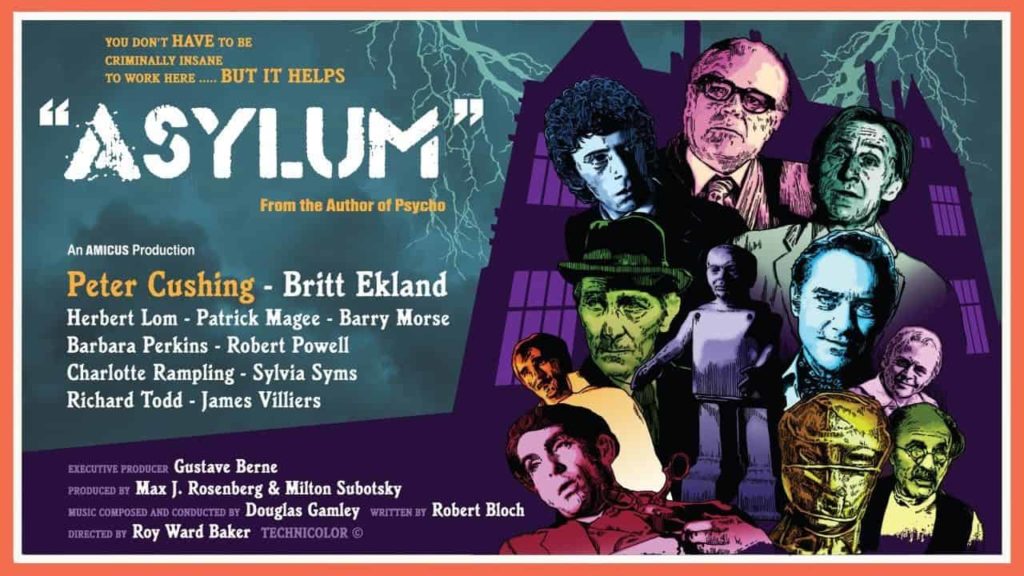
Asylum (1972)
Here we have a film that employs the same vignette formula as Tales from the Crypt, which was covered in my first article. A young doctor, Dr. Martin (Robert Powell), eager to prove himself, arrives at a big mansion to interview for a job. The house is an asylum, a place for the mentally insane. The warden, Dr. Rutherford (Patrick Magee), is in a wheelchair, claiming that he was attacked by one of the patients. We’re told that the former head doctor of the asylum, Dr. B. Starr, had a complete mental breakdown and is now one of the patients upstairs. Dr. Rutherford challenges the young Dr. Martin to identify Dr. Starrl amongst this group of the disturbed. If he guesses correctly, he gets the job.
We meet patients one by one. Each has a story of how they got there. There is Bonnie (Barbara Parkins) who had an affair with a married man who attempts to dispose of his wife. Then there is Bruno (Barry Morse), a tailor, who, strapped for cash, accepts a strange assignment to make a custom suit for a mysterious client. Then there is the young, beautiful Barbara (Charlotte Rampling), who, already somewhat mentally disabled, moves in with her older brother for at-home nursing care. Finally we meet an older, disgraced doctor, Dr. Byron (Herbert Lom), who’s constructed odd little dolls that he claims have real human organs.
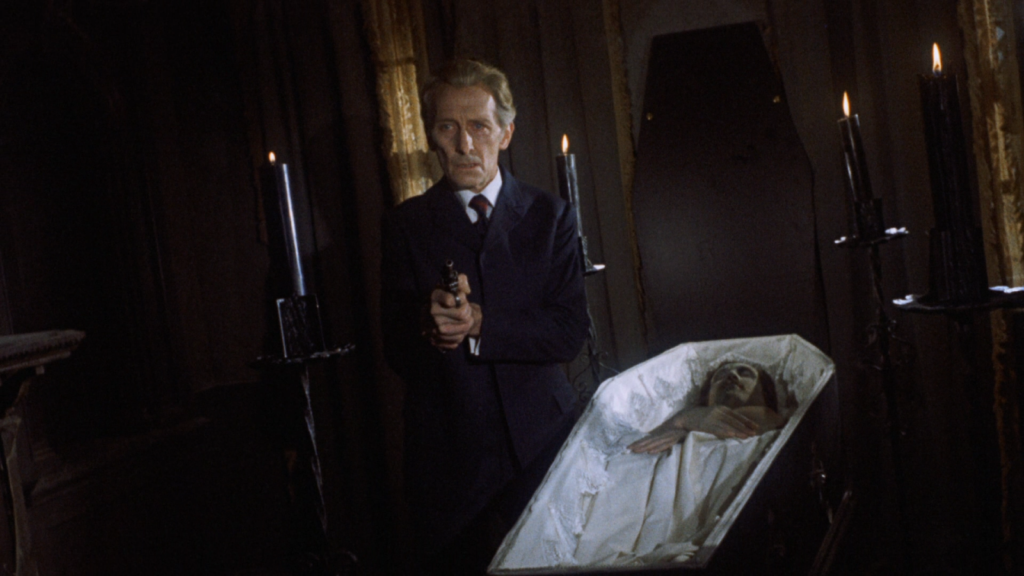
The movie wraps up with a twist that I did not anticipate. I was not scared. The closest I came to experiencing fear was probably the last patient, the one with his dolls. But the premise of that part felt out of place and farfetched, even for a horror movie. Asylum holds up to its name though. And the multi-act structure is a great way to engage an audience with a short attention span.

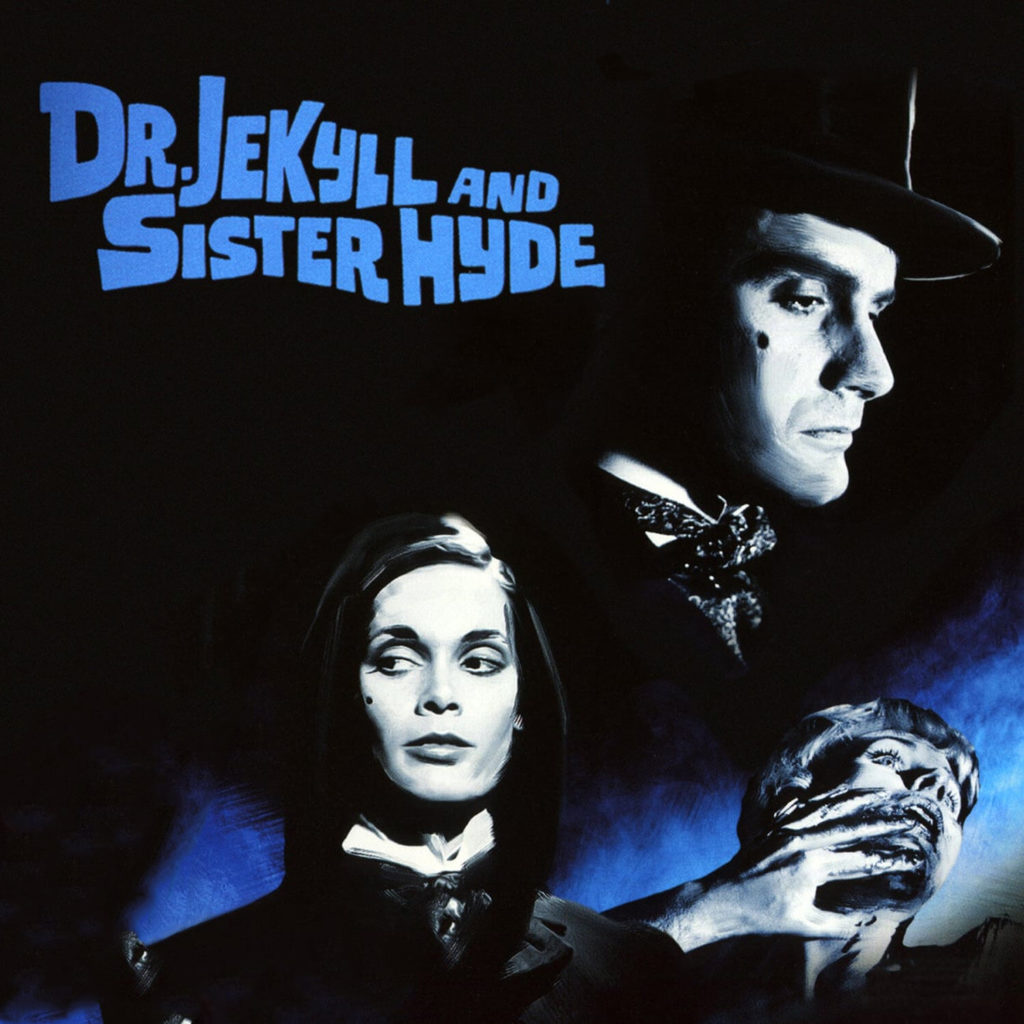
Dr. Jekyll and Sister Hyde(1971)
Edgar Wright shared a story that Martin Scorcese once sent him a list of 50 British films that he recommended Wright watch. Amongst this list were a few horror movies. One was this entry: Dr. Jekyll and Sister Hyde. The movie is an adaptation of the famous novel by Robert Louis Stephen except with a twist. Ralph Bates plays Dr. Henry Jekyll, a scientist trying to find cures to various diseases plaguing humanity. One day he realizes that he will die before he’s able to accomplish anything. And so he decides to focus his work instead on extending his own life.
He hones in on female hormones, believing they are the key to his experiments as women live longer than men. At first he uses fresh female cadavers, then he recruits the help of men to murder women for him.
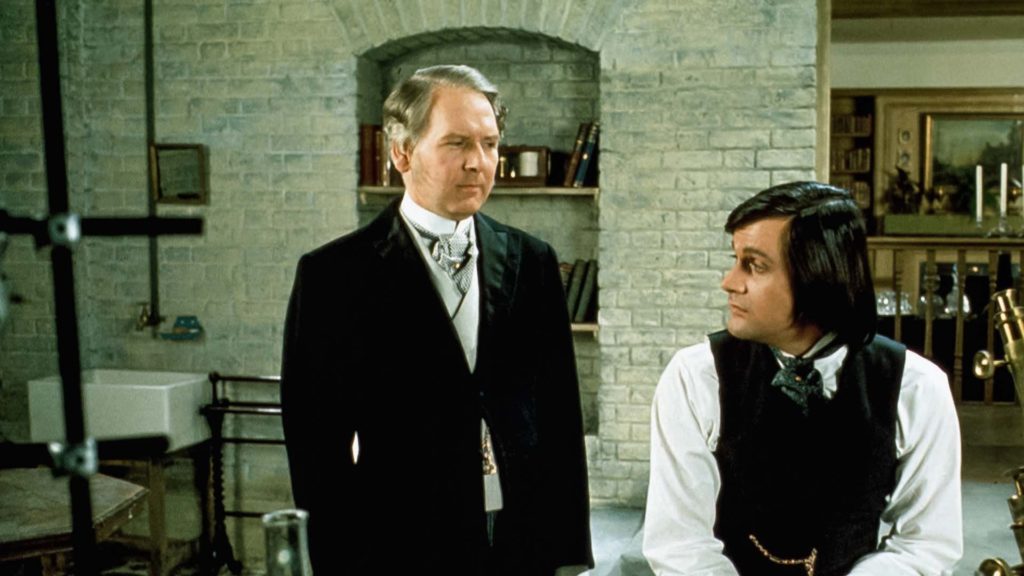
Soon he develops an elixir which transforms him into a woman. To avoid suspicion, he refers to this female alter ego as his sister ‘Miss Hyde’ (Martine Beswick). This gender changing formula requires a steady supply of female hormones. When his men-for-hire are caught, Jekyll turns to killing the women himself. But when authorities inch closer to finding him out, he transforms into Miss Hyde and continues the murder spree as the lady herself.
Like the original story, there is a tug and pull between Dr. Jekyll and his female alter ego, each trying to gain control of the other. Miss Hyde being the more deadly of the two. But both characters murder in cold blood which is surprising to me. My assumption was that Jekyll was the reasoned, more innocent one of the two. But that is not the case. I lost sympathy for Dr. Jekyll.
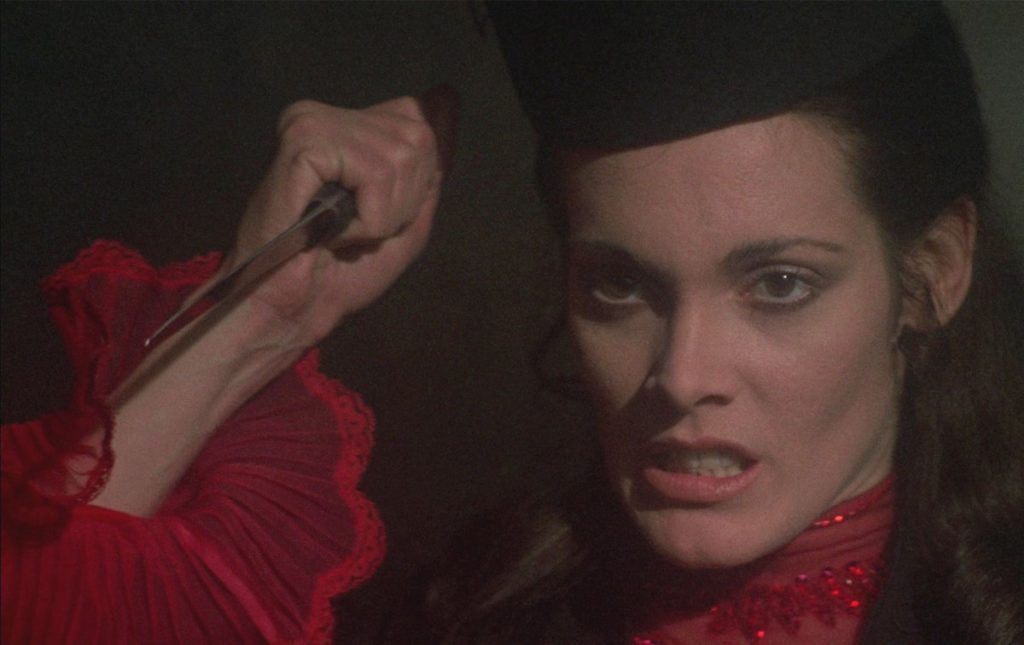
The movie is kind of funny. Particularly the transformation scenes where Dr. Jekyll notices he has female hands. Or when Miss Hyde notices the hairy hands of Dr. Jekyll. It’s a great visual indication of the morphing bodies, but still struck me as humorous.
The movie is better than the title or the premise would indicate. Although why Martin Scorcese puts it in his top 50 British films is beyond me.

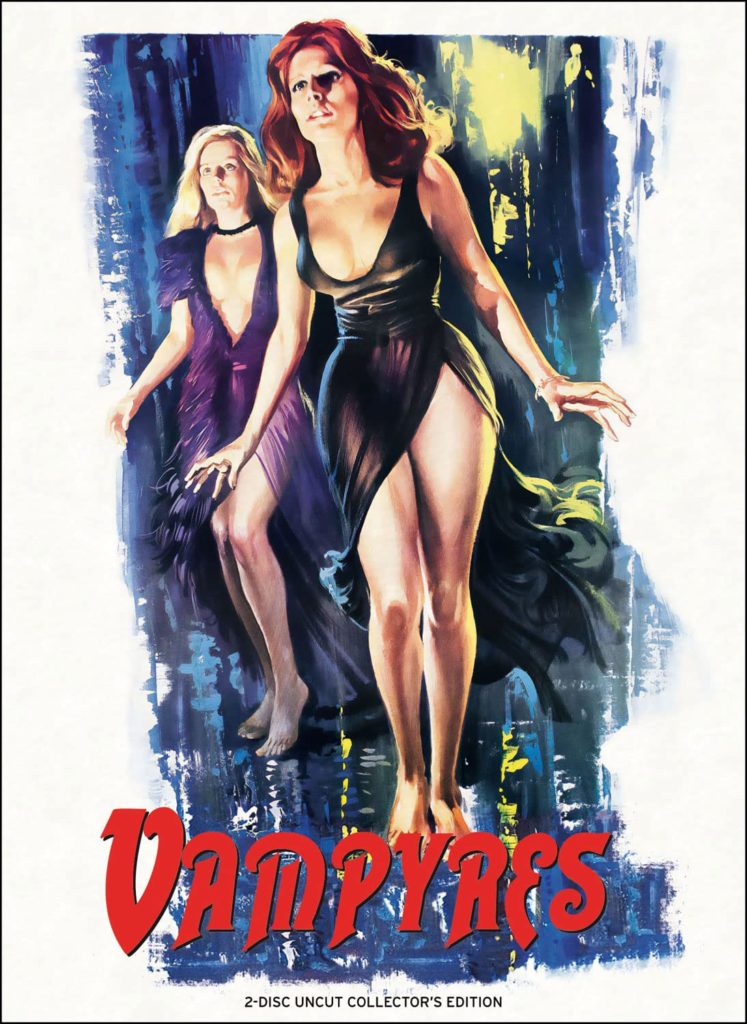
Vampyres (1974)
Here we have another horror movie from Scorcese’s list. Within the first 10 minutes, Vampyres shows two naked women making out in bed. Perhaps somewhat progressive for 1974? Although it sends off more kinky vibes than it does romance or loving partnership.
The aforementioned two women are Fran (Marianne Morris) and Miriam (Anulka Dziubinska). Two girls are gunned down at the start of the film. They then transform into vampires. They stalk the side of a highway, looking for single men to hitch a ride with and guide back to their abandoned castle where they look to seduce said men while draining their blood and killing them.
Then there is a young couple, John (Brian Deacon) and Harriet (Sally Faulkner), with a camper who pull up to a field outside the castle to enjoy some solitude and immersion in nature. Harriet notices Fran and Miriam in what is otherwise a secluded, uninhabited area and grows suspicious. While her husband plays the cliched partner who reassures her wife that it’s just her imagination and she’s worrying about nothing.
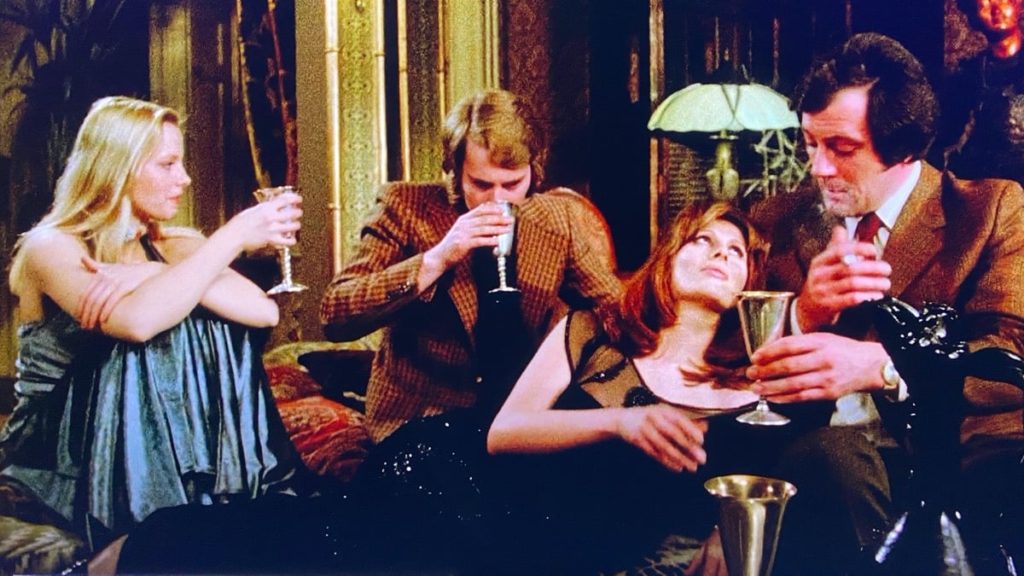
One of the girls’ male victims manages to survive and flee the castle. But Fran and Miriam continue on in their murderous ways.
There is a good deal of nudity in this film. I believe the filmmaker wanted to blur the line between the intense passion of sex and the more vicious act of drawing blood. These scenes are similarly sensuous and enticing. And while I did suggest earlier that Fran and Miriam’s relationship was not loving, there is a supportive quality in the way they look out for each other.
Vampyres makes more sense to me as far as it being a movie worthy of Scorcese’s mention. Frenetic camera movements, and the slow, almost inert pacing of some scenes both convey specific ideas. The slower scenes match the victim’s struggles in trying to recover from a blood draining as they move sluggishly around the castle. While the more frenetic movements create panic and fear. Particularly when Fran and Miriam attack their prey.
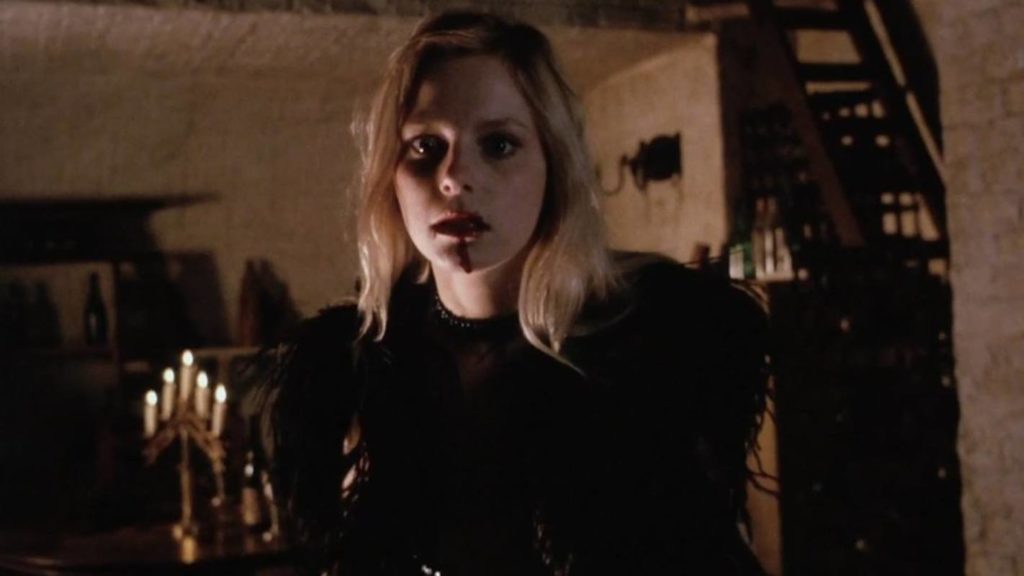
There’s not much horror in Vampyres. For a movie about the blood sucking creatures of the night, it’s kind of slow. But the movie works this way. However, for those looking for the jump scares, rapid editing and CGI that are common to today’s horror films, I would keep away.

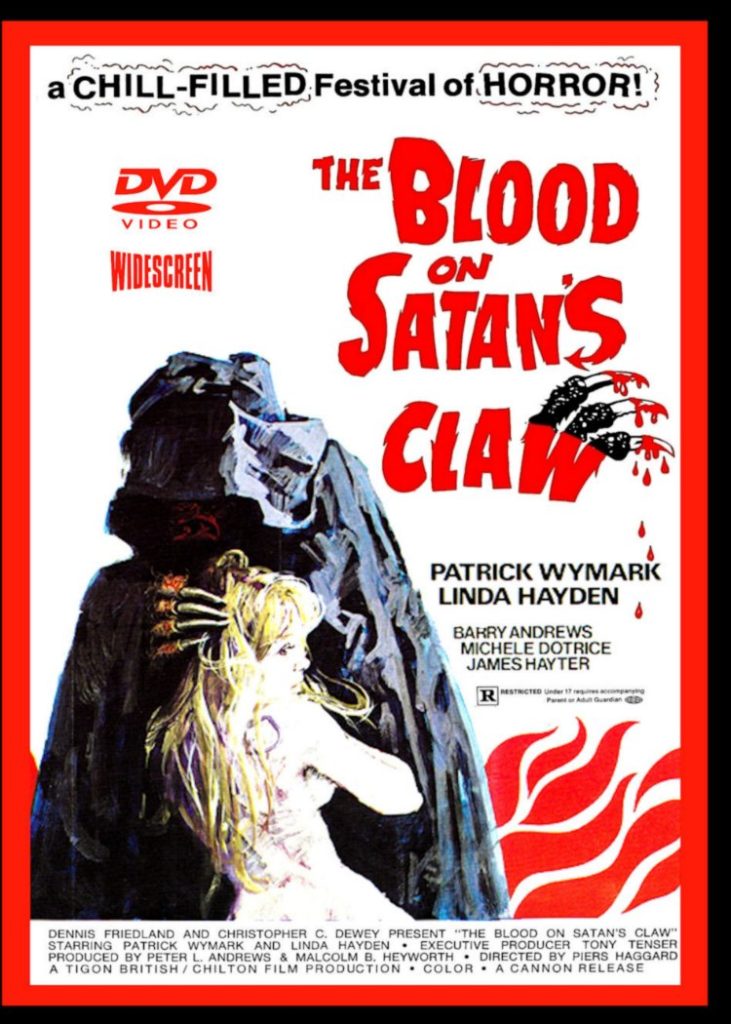
The Blood on Satan’s Claw (1971)
This feature actually shares a subgenre with an entry in my last post The Wicker Man. I was not familiar with folk horror before watching these films. But it exists, and The Blood on Satan’s Claw is one of the better examples of the genre.
The movie takes place in England during the early 1700’s. A farm hand named Ralph (Barry Andrews) discovers the remains of a strange creature in the fields. We’re then introduced to Peter Edmonton (Simon Williams) who takes his fiance, Rosalind (Tamara Ustinov), home to see his parents. Rosalind spends the night in the family attic. Soon she discovers something strange and goes into a hysterical fit. She’s taken away and committed to the bewilderment of Peter. While investigating the attic, to find a cause, Peter finds a furry claw. (It’s scarier than it sounds).
A few children discover another claw in the woods. Soon the kids begin acting strangely and stop attending their church classes. Preferring to instead perform strange rituals at an abandoned church in the woods. A brother and sister are apprehended and murdered, with the sister bearing a strange furry patch on her back. Led by one of the older girls, Angel Blake (Linda Hayden), this group of young innocents turned heathens attempt to summon a strange, demonic creature. The older townsfolk seek help in the form of a judge (Patrick Wymark) familiar with witchcraft, leading up to a confrontation at the film’s end.
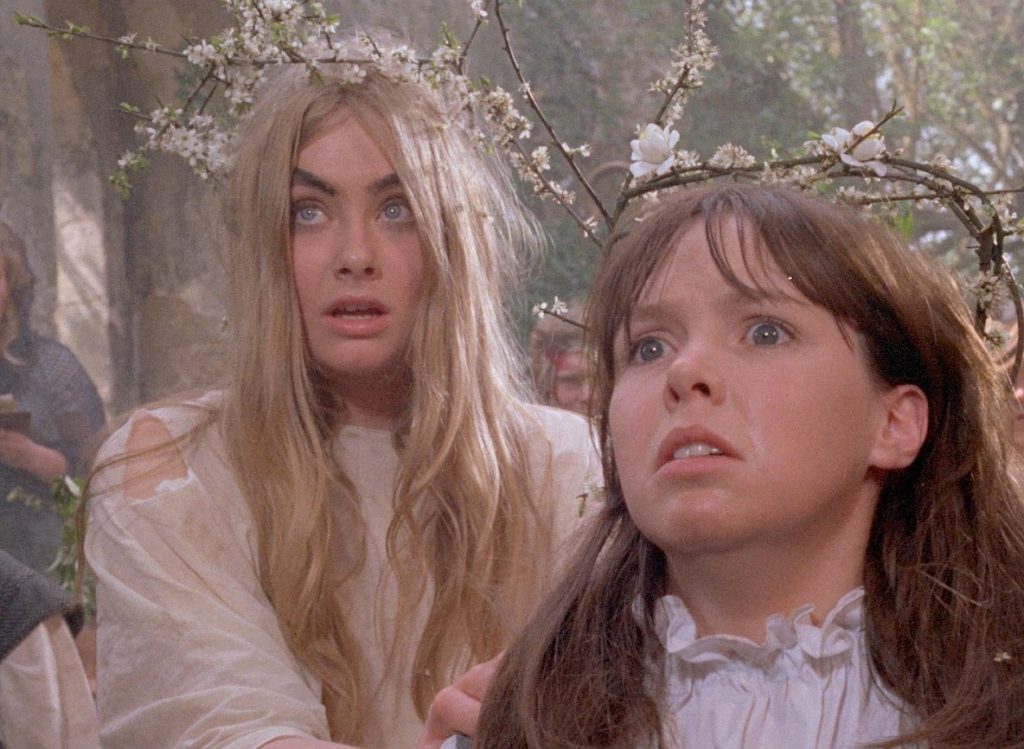
Satan’s Claw is entertaining. It’s strange and doesn’t reveal much in terms of menacing monsters or shadowy creatures. Leaving you to speculate just how scary this awful threat may be. I appreciated the demonic presence in this film. Sometimes it was just the weird look that Rosalind gave Peter as she’s being taken away. Or the way certain children laugh while trying to chase down a terrified girl. It’s twisted in a way. And it goes places that most R-rated movies won’t. Satan’s Claw might be my favorite on the list.

So, there are four funky throwback horror movies to check out this season. Venture forth if you dare.

Comments